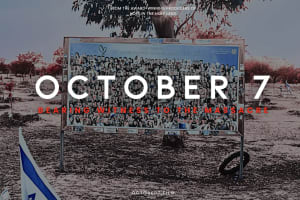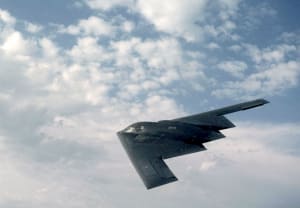The beauty of Maktesh Ramon in Israel's Negev Desert

I think my favorite place in all of Israel has got to be Maktesh Ramon in the Negev Desert. I can never tire of this place – its geological forms, its colors, its moods, its variety of landscapes and its wildlife are just stunning.
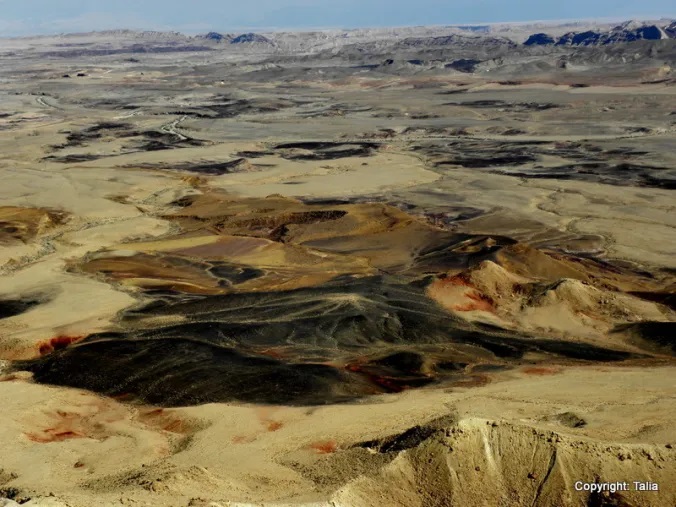
A ‘maktesh’ is a geological formation found only in the Negev Desert of Israel and in the Sinai Peninsula. ‘Maktesh’ is the Hebrew word for a mortar (as in mortar and pestle), and refers to a bowl-shaped crater formed by erosion when a harder layer of rock (dolomite or limestone) overlays a softer layer of sandstone or chalk. The soft rock erodes away and the harder rock above it then collapses to form steep canyon walls. There are 5 makteshim in Israel– Maktesh Ramon, the Big Maktesh, the Small Maktesh and two other small makteshim on Mt Arif, south of Maktesh Ramon. Of these Maktesh Ramon is the largest, measuring some 40 km in length and, at its widest, 10 km in width. Unlike the others it is not shaped like a circular bowl but like an elongated heart, as you can see in this satellite photo.
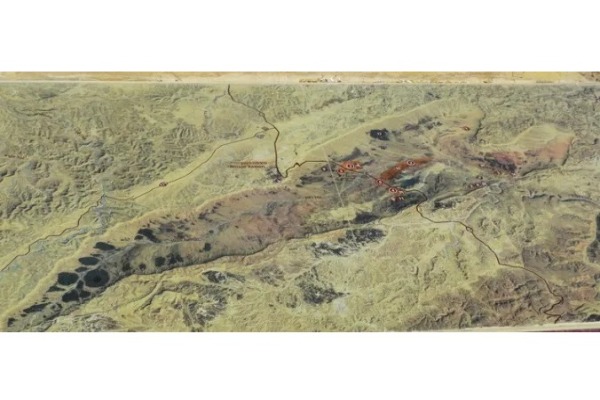
The Maktesh is some 500m deep and the exposed rocks on its floor are thought to be some 200 million years old. The northern rim is a vertical wall of rock offering spectacular views and a record of geological time for geologists. The Maktesh is formed from an eroded hill that was uplifted from the floor of the ancient Tethys Sea. Hard limestone overlays various colored strata of sandstone and chalk. Dark volcanic hills of basalt dot the floor of the Maktesh.
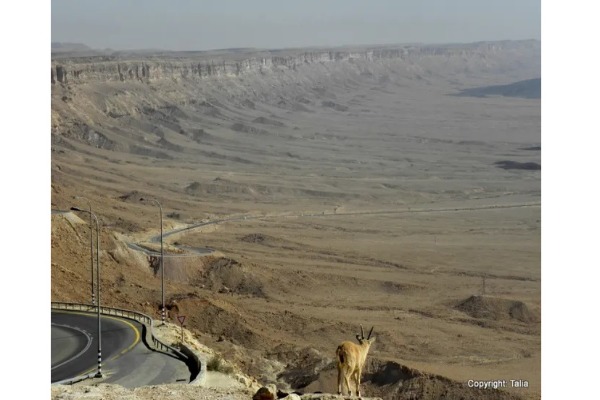
The best time to visit the Maktesh is late afternoon when the angle of the sun brings out the vivid colors and forms in the crater floor.
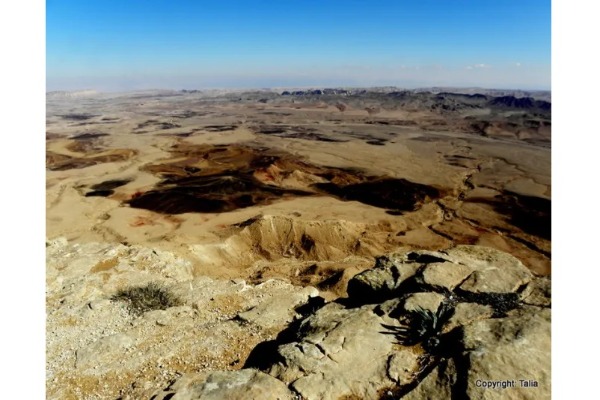
On the northern rim, there is a small town called Mitzpeh Ramon. ‘Mitzpeh’ means ‘lookout’. Near the town is a small knob of a hill with the silhouette of a sitting camel, and it is called Camel Mountain. On the top of the ‘camel’s hump’ there is a wooden viewing platform. It is a wonderful spot from which to watch the sunset.
Another spot perfect for watching the setting sun is the Sculpture Park, which stretches several kilometers along the northern rim to the east of the town.
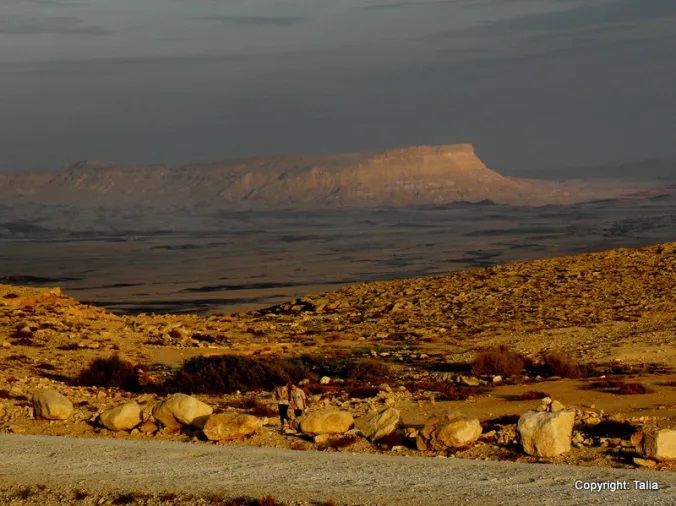
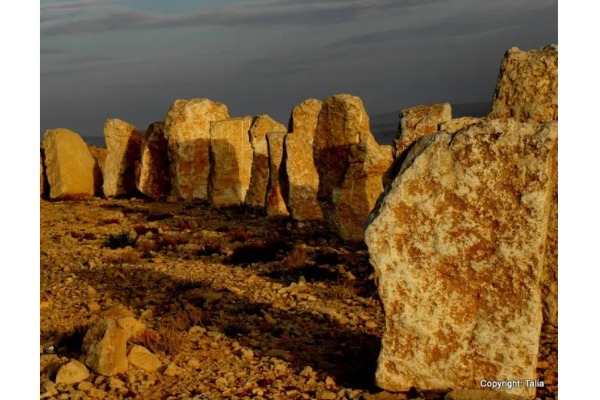

Another point of interest in the Sculpture Park are fossilized footprints.
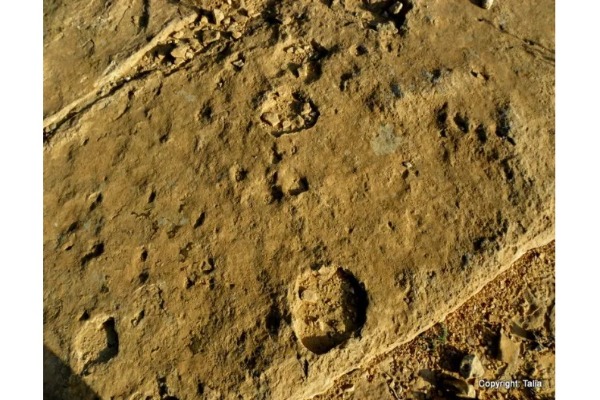
In winter the rocky platform nearest the town is ablaze with the flowers of this shrubby succulent that somehow manages to survive on this exposed site.
If you have a few thousand dollars to throw away you could even stay in one of Israel’s most luxurious hotels, the Beresheet Hotel, near the Sculpture Park, and yes, each unit has its own swimming pool in addition to magnificent views of the Maktesh. And no, I have never stayed there and probably never will. I usually stay at the much more modest, but perfectly adequate, Field School just outside the town. There are many other options for accommodation ranging from camping or zimmers (B&Bs) to 5-star hotels.
In Mitzpeh Ramon there is a large visitors center that features a display about Ilan Ramon, Israel’s most famous fighter pilot who spent a lot of his free time in the Maktesh area. Ilan was one of the pilots who flew to Iraq and bombed the nuclear reactor that Saddam Hussein was building there. He was also selected to be the first (and to date, only) Israeli astronaut but tragically he was killed on his first space flight, in the Columbia spacecraft that exploded in 2003. Sadly Ramon’s eldest son, Asaf, was also killed just 6 years later in an Air Force training flight accident.
The visitor center also has excellent displays, models and films about the geology and wildlife of the area. Nearby too is a tiny zoo featuring the smaller wild animals of the area, those that one seldom if ever will see in the wild. It's worth a visit just to get a close-up of these beautiful creatures.
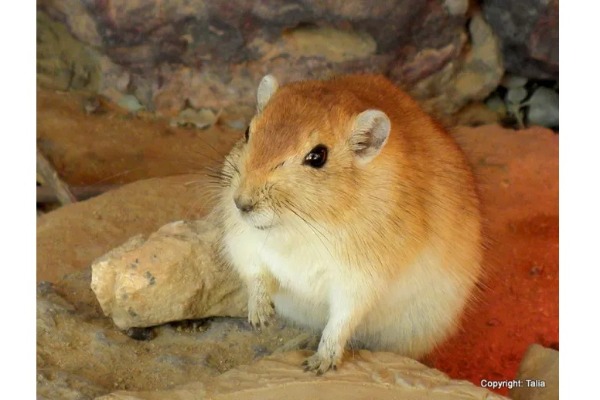
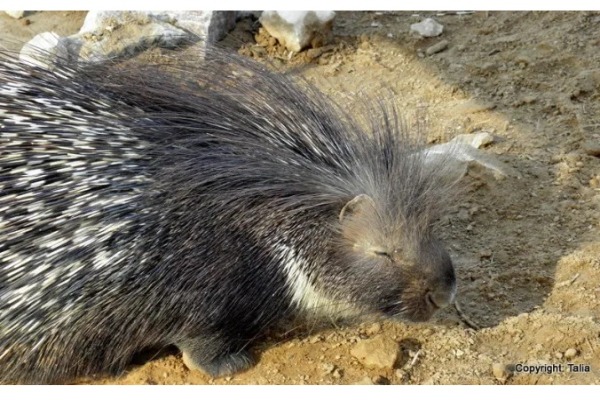
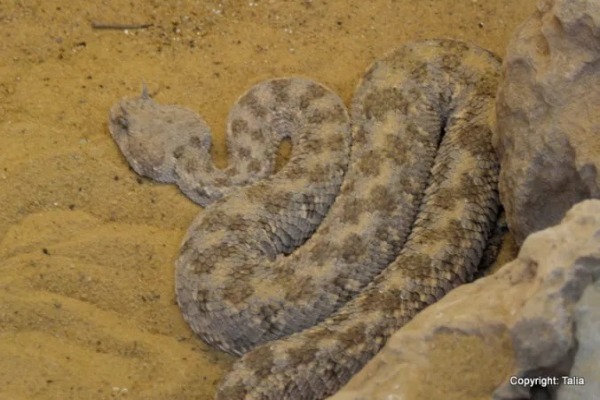
Roaming around the streets of Mitzpeh Ramon you will without doubt encounter members of a semi-tame herd of ibex. They are not beyond accepting a tasty handout – even though it is forbidden to feed them!!!
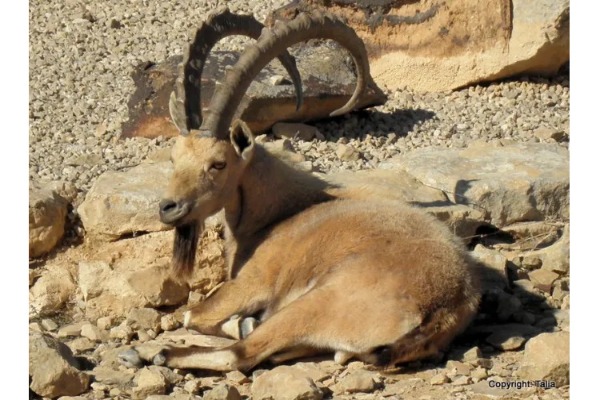
In the grounds of the visitor center is a curious stone tumulus (burial mound or cairn) from the 3rd millenium BCE.
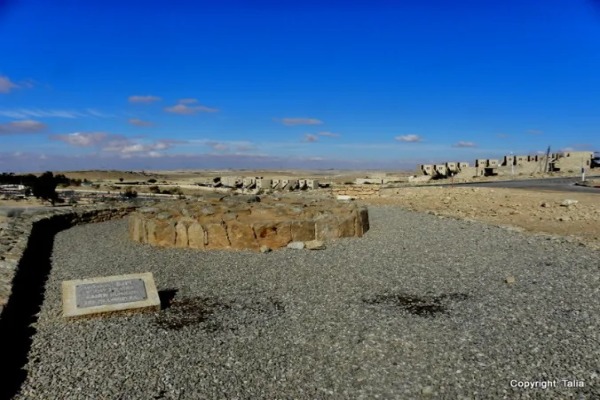
There is a lot to do in and around the Maktesh. You can go stargazing (recommended) or do archery (a lot of fun) or even pat alpacas and llamas at the Alpaca Ranch. If you are of the adventurous kind you might even like to try abseiling down the cliff near the visitor center. (And no, I chickened out of that one). Every year when the Perseid meteor shower is visible thousands of Israelis flock to Mitzpeh and the town extinguishes its lights so that the meteors can be seen to best effect. I can also recommend joining a guided tour in a 4×4 which will take you to places otherwise inaccessible. (Note all the places described here are easily accessible by a regular car, bicycle or on foot).
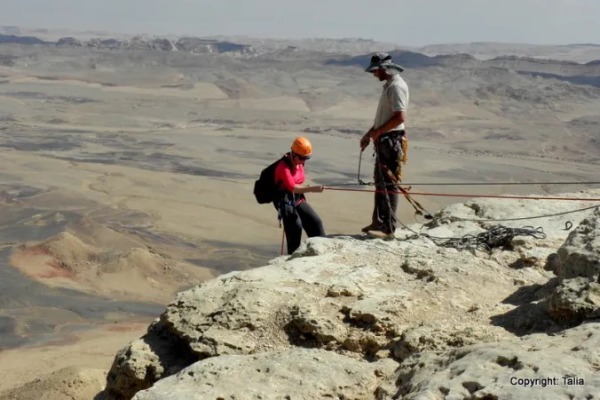
If you descend the snaky road to the Maktesh floor there are many places to visit. One fascinating place is the Carpenter’s Shop, a hill made of the hexagonal crystals of sand that was once melted by volcanic action – the only such formation in the world.

The path to the top of the Carpenter’s shop is constructed from recycled plastic and if you are wearing rubber soled shoes you will get a shock if you touch the rope that serves as a handrail. I call it the electric road!!

A couple of kilometers past the Carpenter’s Shop is a site which was until recently mined for the colored kaolinite clay found there. The mine has now closed down and, though not signposted, the area is now open to the public and can be accessed by a good road which is passable even for regular cars and bicycles. The colored clays are spectacular.
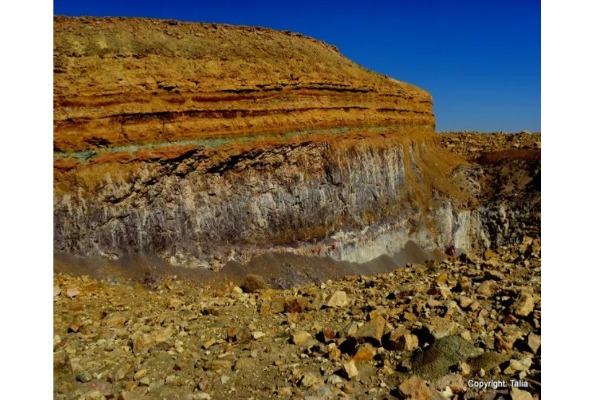
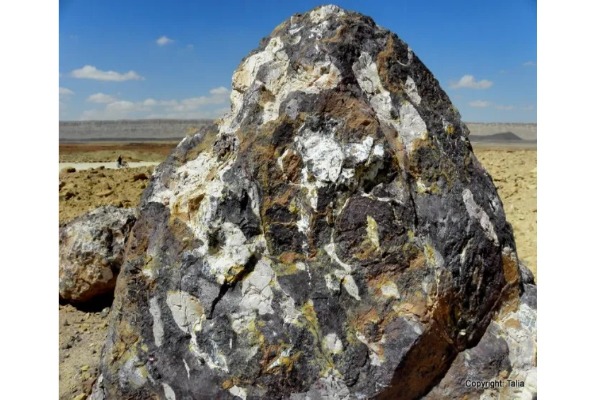
Not far from the mine site is the Saharonim Spring, the only perennial water source in the Maktesh. For this reason its a great place to spot wildlife but you need to be quiet and patient. If you are lucky you may see the Asian wild ass (Onager) or the mountain gazelle herds that have been reintroduced after going extinct in the area. More likely you will see some Nubian ibex which are less afraid of man.
Near the Saharonim Spring are the ruins of an ancient Nabatean khan or caravanserai which lies on the Spice Route that stretched from Yemen on the Persian Gulf to the port of Gaza on the Mediterranean Sea. The Spice Route crosses the eastern end of the Maktesh.
From Saharonim Spring there are a number of hiking trails. One is a circular route around the mountain to the east of the spring. This easy 2 – 3 hour trail is a favorite of mine and has a number of interesting features and if you are quiet you might spot some special wildlife too.
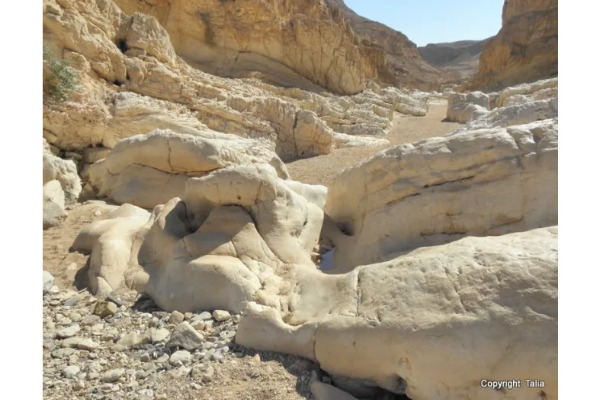
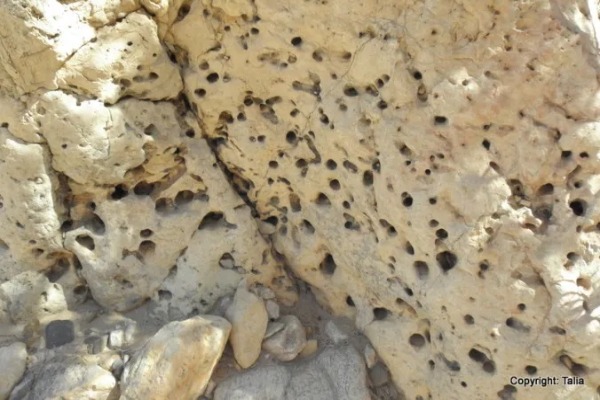
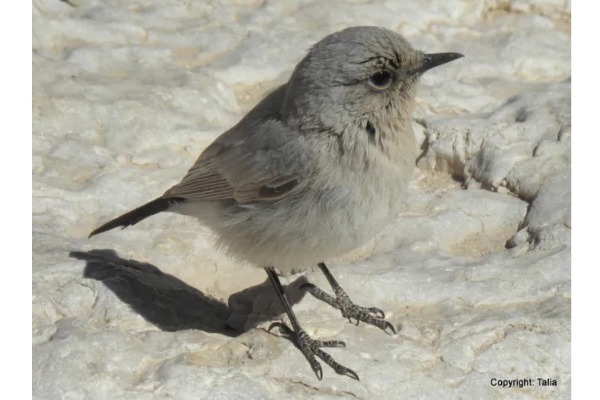
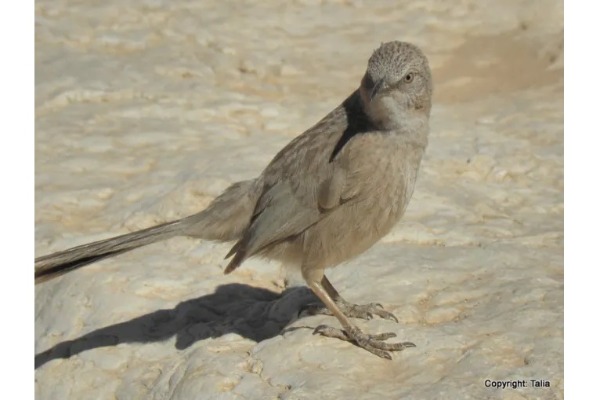
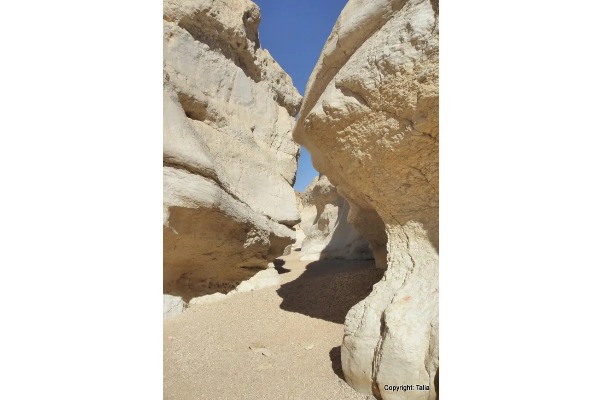
Not far from the Saharonim Spring is the Ammonite Wall. These ancient fossils, some as large as half a meter in diameter, were once common all around the Maktesh but sadly many were looted for sale as decorative pieces. You can still see them at the Ammonite Wall. It is of course now forbidden to take any of the fossils.
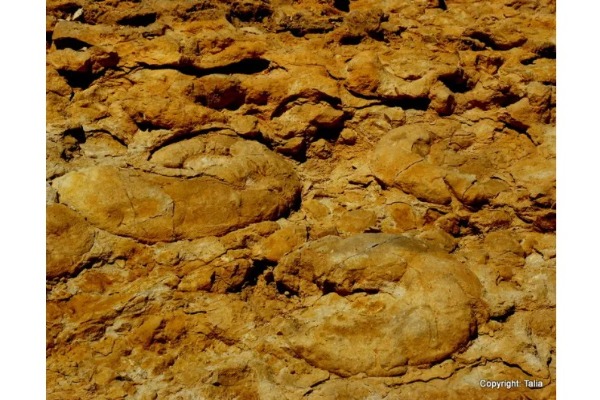
There are many other hiking trails around the Maktesh and much to see and experience.
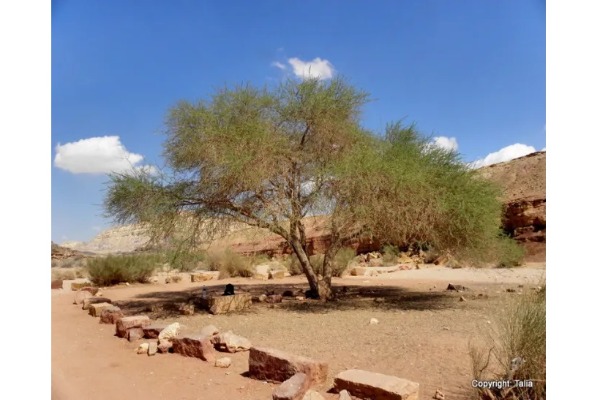

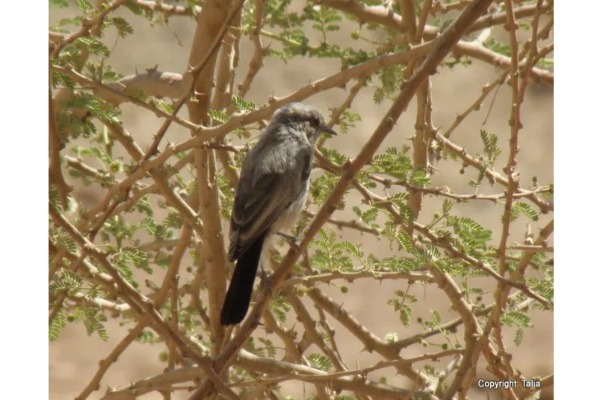
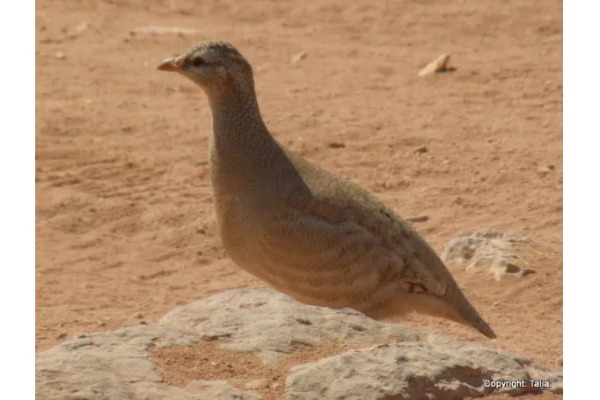
I hope you have enjoyed your virtual visit to the Maktesh. If you come to Israel don’t miss it. There is so much to do and see – but you need a car to access the sites. There are many other places that can be visited only by 4×4 or on foot. It would take a book to describe them all. The best time to visit the Maktesh is during the winter as in summer it can be very hot. In winter it can be cold at night and snow is not unknown on the higher parts. It is forbidden to stay in the Maktesh at night, not only for safety reasons but also to protect the wildlife, which is mostly active during the night hours. It is also dangerous to hike or visit the Maktesh floor when there is rain in the area because of the risk of deadly flash floods. In such conditions the roads may be closed.
All the photos are copyrighted in my name. If you wish to purchase any for use in publications (books or online), please contact me. I can supply higher definition photos than those that appear here.
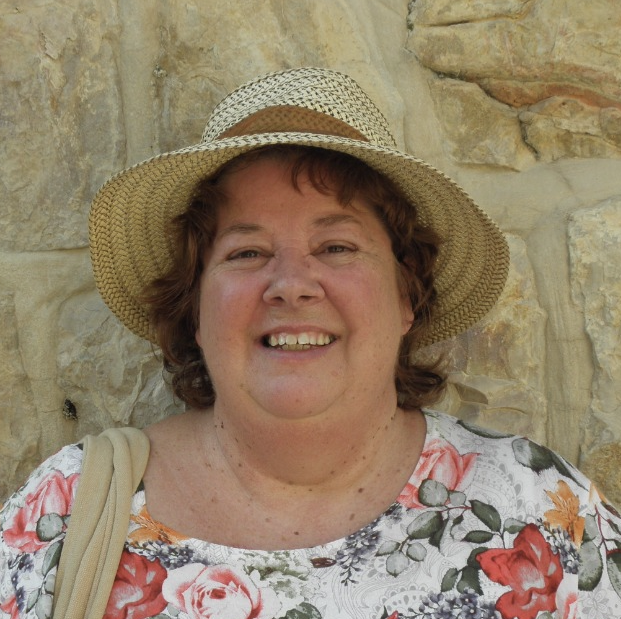
Talia Voice grew up in New Zealand but came to Israel about 40 years ago. After teaching science in various schools, she is now retired and lives in Mevaseret Zion where she leads a home group and attends a congregation in Mevaseret. She is the author of the book “I’m Single, OK?” and writes on https://taliasjoy.com/.




